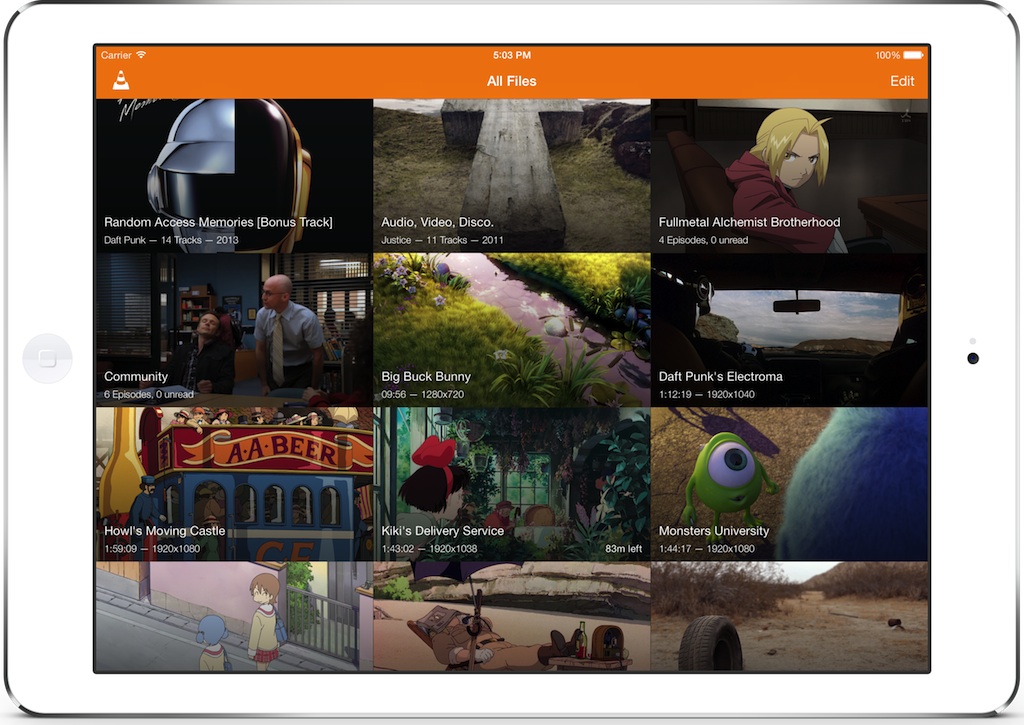How to install the apple silicon / ARM64 version of REAPER, SWS Extension, ReaPack Extension, and VLC.
The main trouble you run into with this is the Mac security and privacy settings blocking you at every step.
This video was edited in REAPER on an 2020 M1 Mac Mini and using an iPad Air as an external monitor for the video window (sidecar function).
Devices and Mac OS X version. VLC media player requires Mac OS X 10.7.5 or later. It runs on any Mac with a 64-bit Intel processor or an Apple Silicon chip. Previous devices are supported by older releases. Note that the first generation of Intel-based Macs equipped with Core Solo or Core Duo processors is no longer supported. Originally published on November 25th 2020, updated the list of Mac M1 supported apps. Apps work on any device based on the operating system and the hardware architecture. And so Apps that run on any operating system may not work on devices with the same OS but with different architectur. Jan 19, 2021 VLC for Apple Silicon is here - download it now for your M1 Mac mini or MacBook. Apple Silicon, better known as the company's own 'M1' processor, is a game-changer. The new Mac computers.
Let me know in the comments what you think of these new M1 series Mac Mini, MacBook Air and Pro.
Telecharger Vlc Mac M1
http://www.twitter.com/reaperblog
http://www.facebook.com/thereaperblog
http://www.facebook.com/groups/reaperblogcommunity
http://www.patreon.com/thereaperblog
- 5Manual installation
- 6Apple M1 (Apple Silicon, ARM64) systems
- 9Transcoding with SVPcode
To minimize installation problems please consider using at least macOS 10.14.6!
Compatible video players
- mpv 0.17 or later with Vapoursynth support
- Plex Media Player - requires libmpv built with Vapoursynth support
- IINA - requires libmpv built with Vapoursynth support
- VLC 2.2 or later
Installation
- Mount SVP 4 Mac DMG image
- Move 'SVP 4 Mac' icon into Applications
- Control key + double-click on Install mpv.command script to install all the stuff listed below and write default mpv.conf.
Note: you DON'T need to run this on every SVP update.
Updating
Updating SVP app:

- Download an updated DMG package
- Mount it and replace SVP 4 Mac.app in Applications
- That's it! You DON'T need to run Install mpv.command when updating SVP!
Updating mpv to the newer version: open Terminal and type
Uninstall
To remove SVP simply delete the SVP 4 Mac.app from Applications.
Additionally if you want to remove all the Homebrew packages including mpv video player run this command from the Terminal:
Note that it will remove EVERYTHING from Homebrew, not only mpv dependencies.
Manual installation
- Take OS X 10.11 'El Capitan' or later, preferably 10.14.6 'Mojave' or later.
- Install Homebrew:
Note that on Apple M1 systems this will install native ARM binaries into /opt/homebrew. You can either add /opt/homebrew/bin/ to your PATH, or call '/opt/homebrew/bin/brew' instead of simple 'brew' in the following commands.
- 10.11, 10.12 only: install Java:
- Install mpv (this will also automatically install Vapoursynth) (DO NOT install it via 'brew install --cask mpv' !):
Note: this step is essential even if you don't want to use mpv at all.
- It's recommended to install Intel Power Gadget for the SVP to be able to show real CPU frequency in the Performance Monitor.
Error: Xcode alone is not sufficient
In some cases Homebrew may ask for the additional command line tools installation. Type
and in the window opened press Install button.
Error: mpv can't start with 'Library not loaded: @rpath/libswiftAppKit.dylib'
macOS 10.14: install Swift 5 Runtime Support for Command Line Tools package: download

Apple M1 (Apple Silicon, ARM64) systems
SVP 4.5.205 and later supports both x86 (Intel) and native ARM video players. Native SVPflow libraries + mpv give ~50% performance improvement over x86 versions running via Rosetta 2.
Homebrew will install native ARM binaries in /opt/homebrew. Still you can install x86 binaries side-by-side in case you have any problem with the native ones.
Tell SVP which version to use
Open Application settings -> All settings, search for player and set main.setup.player to either /usr/local/bin/mpv (default path for x86 build) or /opt/homebrew/bin/mpv (default path for ARM build).
mpv configuration
Just add --input-ipc-server=/tmp/mpvsocket to mpv args (or config file, usually located in ~/.config/mpv/mpv.conf) and SVP should find it.
Alternatively you can 'open' video file via SVP - it'll launch mpv with the correct argument, assuming that mpv is actually installed either in $PATH or in /usr/local/bin (you can also define the actual path in SVP's settings - see main.setup.player and main.setup.player_args values).
Note: only 'copy-back' hardware video decoders are compatible with Vapoursynth filters, use --hwdec=auto-copy.
Recommended minimal mpv.conf:
VLC configuration
SVP's plugin for VLC replaces the 'deinterlace' filter.
Install SVP's plugin via SVP main menu -> Utilities -> SVP in VLC.Then you'll be able to quickly 'install' and 'uninstall' SVP's plugin.
You must turn on deinterlace in VLC via Video -> Deinterlace -> On to start using SVP's plugin.Alternatively you can turn it on permanently: Tools -> Preferences -> Video -> Deinterlacing = On
Transcoding with SVPcode
Muxing .MKV files
Vlc M1 Mac Version
If the output format after transcoding is Matroska (.MKV) then it's highly recommended to additionally install mkvmerge command line tool (which is part of the MKVToolNix package):